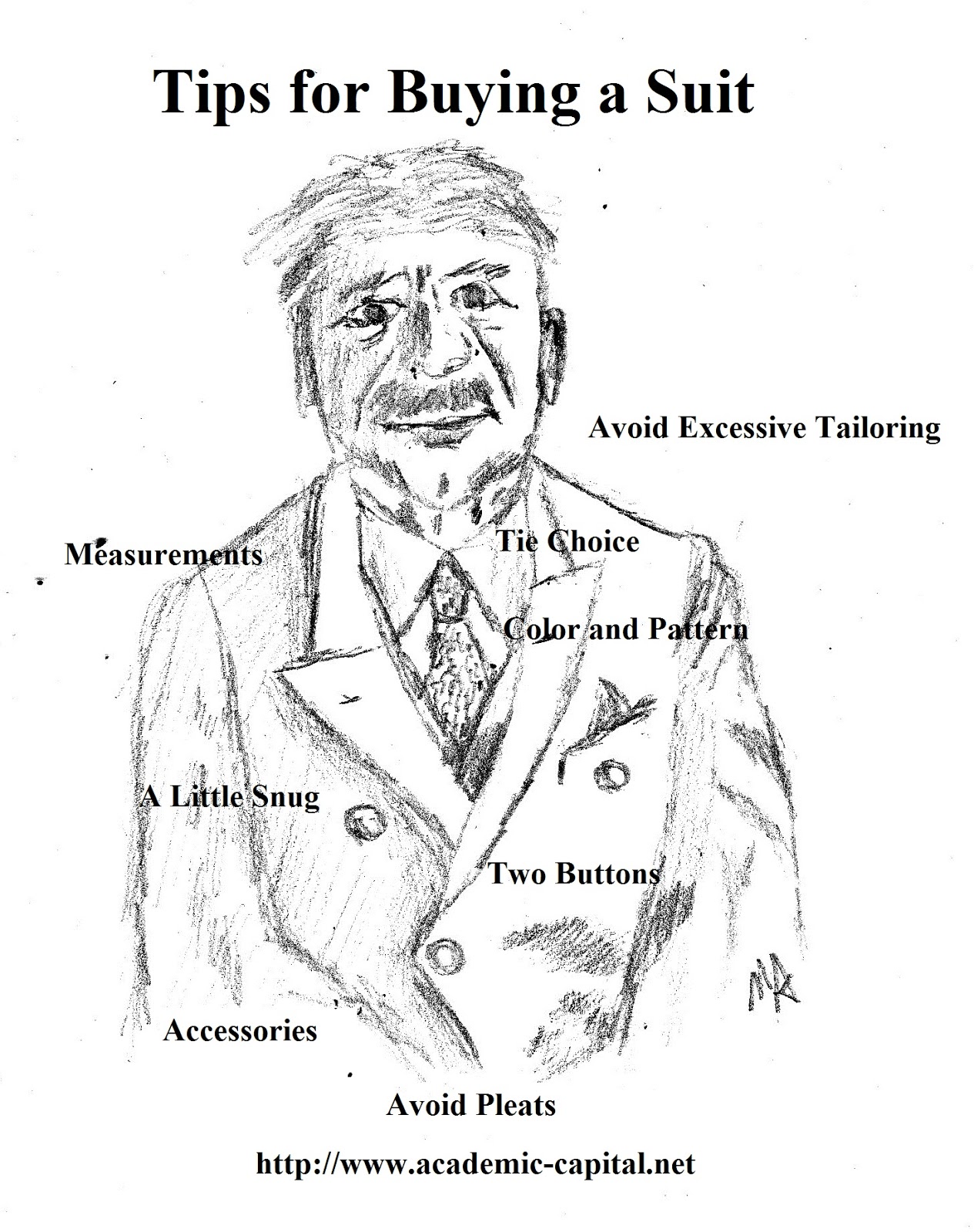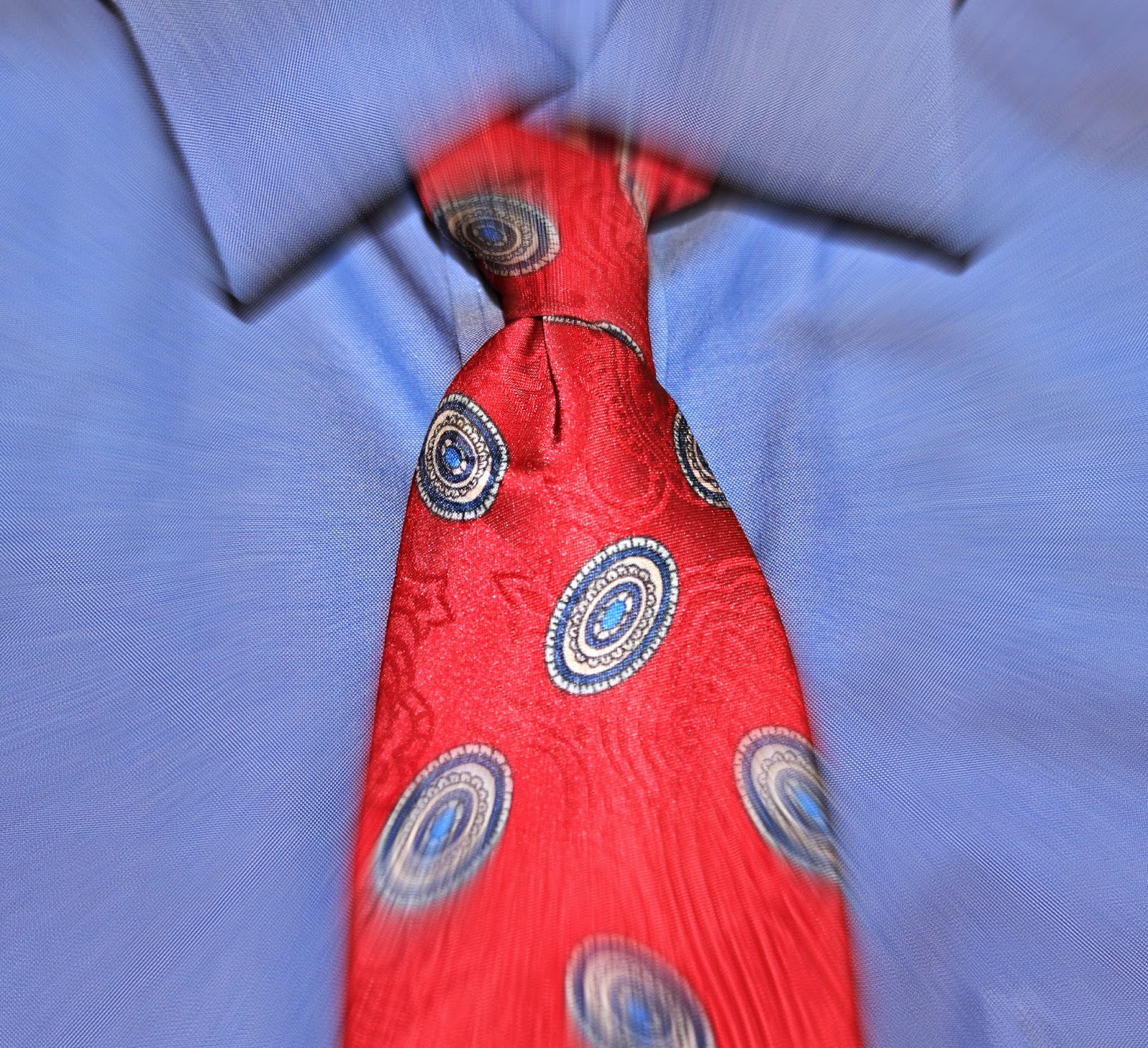The blog discusses current affairs and development of national economic and social health through unique idea generation. Consider the blog a type of thought experiment where ideas are generated to be pondered but should never be considered definitive as a final conclusion. It is just a pathway to understanding and one may equally reject as accept ideas as theoretical dribble. New perspectives, new opportunities, for a new generation. “The price of freedom is eternal vigilance.”—Thomas Jefferson
Showing posts with label fashion tips. Show all posts
Showing posts with label fashion tips. Show all posts
Friday, January 9, 2015
Tips on Matching Ties and Shirts
You only get a few moments to make a solid impression at your next business meeting or interview. Ensuring that you are looking your best and read to impress will help give a leg up in closing the deal. Making sure that you are matching your clothing and dressing well can make a huge difference in getting what you want.
Colors In Tie Should Math Shirt: Times are either plain, stripped, or dotted. A few may have other patterns like crisscross or swirls. Start with the shirt first and then try and find a tie that has a matching color in the pattern. For example a blue shirt will look will look nice with a tie that has matching blue designs.
Tie Should be Darker than Shirts: Ties attract a lot of attention from the eye and should be darker than the shirt. It is standard practice to use a white shirt with a brightly colored patterned tie. As you get better at matching ties and shirts you can play around with the combinations more. You may consider trying a light pink shirt with a black and pink patterned tie.
Tie Width and Body Size Should Match: Larger people shouldn't wear skinny ties and skinny people shouldn't wear larger ties. The ties should match the approximate body type to ensure that everything looks in proper proportion. Having ties that don't match the body portions of the person wearing them can create the wrong impression making heavy people look heavier and skinny people skinnier.
Pattern Proportions: Ensure that your tie is using different pattern proportions than your shirt. For example a stripped shirt should not have the same strip size on the tie. Being to matchy-matchy detracts from the overall impression. There must be a level of contrast between the tie and the shirt to avoid over blending the two.
Belly Button Ties: Ties should reach to your belly button. In a few cases I have seen men wear ties that are shorter but this appears to be lower the overall professionalism of the image. Making sure your tie is of appropriate length helps to create the total image and impression of the person.
Dressing well may not get you everything you want in your life but human beings are highly visual and full of snap judgments. Helping those snap judgements make their way into a positive impression can go a long way in improving your chances of career success. A few short tips like the one's presented above can make a large difference in your overall image.
Friday, February 22, 2013
Tips on Buying Suits for Your Professional Wardrobe
 |
| Ludwig von Mises |
Buying suits can be a daunting task for people who are not
sure where to start. Working in a professional setting often requires the use
of suits for meetings, interviews, or other important social events. Any person
who is a casual wearer of suits should have between 4 and 5 in their closet for
a variety of occasions.
Whether you are searching online or walking through the mall
you should consider a few solid tips on purchasing the right suit for your
needs. No matter what range of suit you are seeking to purchase quality is
always a better indicator than price. The price posted on the tag is not the
final price and there is always a little wiggle room. With that in mind
consider the following tips:
1.
Avoid Pleats: Pleated pants will make you look
bigger than you are. To have the masculine top with a thinner waste avoid the
extra material that is comfortable but of poor taste.
2.
A Little Snug: A proper suit should be a little
snug and constricting. Extra space in a suit will look sloppy and make you look
larger than you are.
3.
Two Buttons: Two buttons is more modern than
three button suits. When wearing a two button suit ensure that you leave the bottom
button open.
4.
Avoid Excessive Tailoring: Avoid suits that
require too much tailoring. If it isn’t close to the proper fit excessive
cutting and sewing will impact its overall look.
5.
Color and pattern: It is generally advisable to
stick with traditional colors for suits until you build a reasonable wardrobe
of navy blue, charcoal grey, and brown.
6.
Measurements: Measurements should be taken of neck, shoulders,
sleeves, chest, waist, and inseam in order to tailor the suit properly.
7.
Accessories: Belts should match your shoes and
buckles should match your watch.
8.
Tie Choice: In today’s world a thinner tie is
better than a thicker one. Make sure
that some of the color matches the rest of the material unless you are looking
for a clash.
Subscribe to:
Posts (Atom)
